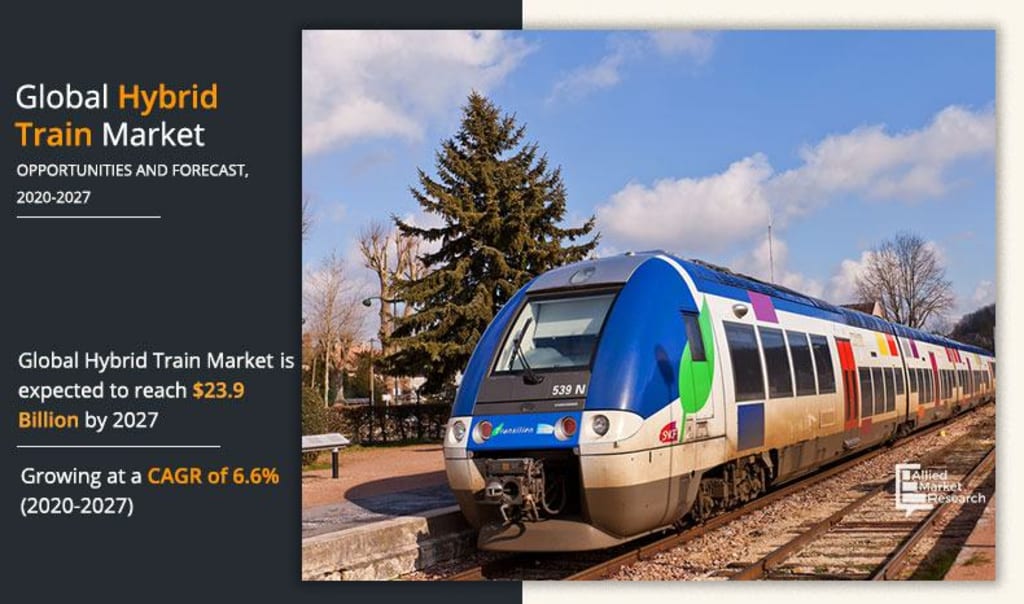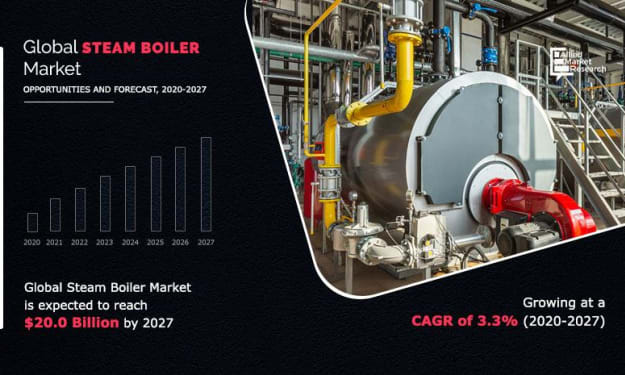Green Tracks: Hybrid Trains Redefining the Future of Eco-Friendly Rail Travel
Hybrid Train Technology Accelerates: A Promising Dawn for Sustainable Rail Journeys

Hybrid trains represent a cutting-edge advancement in rail transportation, seamlessly blending traditional railway infrastructure with modern hybrid technology. These trains typically incorporate a combination of electric and diesel propulsion systems, allowing for increased energy efficiency, reduced emissions, and enhanced flexibility in various operational contexts. The electric mode enables zero-emission travel, particularly in urban areas and environmentally sensitive zones, while the diesel mode provides extended range and operational capability in areas without electrified tracks. This dual-power approach not only addresses environmental concerns but also contributes to fuel efficiency, making hybrid trains a key player in the ongoing efforts to create more sustainable and eco-friendly rail travel solutions around the world.
According to a new report published by Allied Market Research titled, “Hybrid Train Market by Propulsion Type, Application, and Operating Speed: Opportunity Analysis and Industry Forecast, 2020–2027,” Global hybrid train market size was valued at $16.2 billion in 2019, and is projected to reach $23.9 billion by 2027, growing at a CAGR of 6.6% from 2020 to 2027. Hybrid train is the locomotive, which utilizes rechargeable energy storage systems placed in between the power source and traction transmission systems. Diesel-electric hybrid trains are most widely used railway vehicles across the globe, owing to their advantages, such as reliability, safety, sustainability, and others, over conventional fuel trains. Railroad transportation is more fuel-efficient than road transport, owing to its ability to efficiently transport heavy loads or passengers with minimum cost and reduced pollution. Therefore, this is expected to increase the demand for hybrid trains in the near future.
Significant development of infrastructure and reduction in carbon emissions are the key factors driving the market growth in the coming years. In addition, rise in population across several regions demands for efficient and sufficient transport infrastructure, which in turn, increases the demand for hybrid rail vehicles during the forecast period. However, high cost associated with development and complexities with hybrid train infrastructure network may hamper the market growth during the analyzed timeframe. On the contrary, rapid growth in hydrogen powered and solar powered hybrid trains is expected to create opportunities for the hybrid train market in the coming years.
Depending on propulsion type, the electro-diesel segment held the highest market share of around 48.6% in 2019, and is expected to maintain its dominance during the forecast period. This is attributed to rise in demand for electro-diesel trains from the joint electrified and non-electrified trains of the railway industry across the globe. In addition, electro-diesel locomotive offers benefits, including reliability, sustainability, reduced emissions of harmful substances, and others. These features are anticipated to increase the demand for electro-diesel hybrid trains in the coming years.
On the basis of application, the passenger application segment holds the largest market share of 88.4% with a growth rate of 6.6%, in terms of revenue, and is expected to maintain its dominance during the forecast period. This growth is attributed to the gaining importance of hybrid trains and reducing the traffic and pollution from road transport. Moreover, rise in demand for traveling safely, reliability, connectivity, and rising urbanization are the key factors driving the passenger hybrid train market growth in the coming years.
On the basis of operating speed, the 100-200 km/hr segment holds the largest share, in terms of revenue, and is expected to grow at a CAGR of 6.8%. This is attributed to increase in demand for electro-diesel trains, which generally possess operating speed in between 100-200 km/hr. In addition, other propulsion types, including hydrogen fuel cell powered, battery operated, and other hybrid trains are now mostly produced with maximum speed in the range of 100-200 km/hr, which in turn, is expected to drive the growth of the market during the analyzed time frame.
On the basis of region, the market is analyzed across four major regions such as North America, Europe, Asia-Pacific, and LAMEA. Europe held the dominant share in 2019, and is anticipated to maintain this trend during the forecast period. This is attributed to rise in adoption of hybrid trains from economies such as Germany, France, Spain, and the UK in the region. In addition, rise in urbanization and rail infrastructure construction activities in European countries is increasing the demand for hybrid trains, which further drives the growth of the hybrid train market during the forecast period. Moreover, increase in government initiatives toward reducing carbon emissions is expected to fuel the market growth from 2020 to 2027.
The global hybrid train market analysis covers in-depth information of the major industry participants. The key players operating and profiled in the report include Alstom SA, Ballard Power Systems, Inc., Bombardier, Inc., China Railway Rolling Stock Corporation (CRRC), Hyundai Rotem Company, Kawasaki Heavy Industries, Ltd., Siemens AG, Stadler Rail AG, Toshiba Corporation, and Wabtec Corporation.
Other players operating in the hybrid train market are BNSF Railway Company, Etihad Rail, Vivarail, AVL, L&T, Construcciones Y Auxiliar De Ferrocarriles (CAF), and others.
COVID-19 impact on the market
The hybrid train market is anticipated to witness steady growth in 2020, owing to the outbreak of the COVID-19 pandemic. The outbreak has negatively impacted various industries and countries across the globe. However, owing to the lockdown imposed across the globe, there is decrease in the growth rate of industries such as transportation, railway, oil & gas, and energy sectors. In Europe, economies, such as Germany, France, Spain, and Italy, are following stringent measures, such as maintaining social distance and limiting movements, to prevent the spread of coronavirus. Similar such safety measures have been witnessed across the globe, which further impacted the growth of the hybrid train market.
Key Findings Of The Study
- In 2019, the electro-diesel segment accounted for majority of the share of the global hybrid train market, and is expected to maintain its lead throughout the forecast period.
- In 2019, the passenger segment accounted for about 88.4% of share in the global hybrid train market, and is expected to maintain its dominance till the end of the forecast period.
- In 2019, the 100-200 km/hr segment accounted for 51.3% market share in 2019, and is anticipated to grow at a rate of 6.8% in terms of revenue, increasing its share in the global hybrid train market.
- The passenger segment is the fastest-growing application segment in the Asia-Pacific hybrid train market, and is expected to grow at a CAGR of 6.6% during 2020–2027.
- Asia-Pacific is expected to grow at the fastest rate, registering a CAGR of 6.8%, during the forecast period.
- In 2019, Europe dominated the global hybrid train market with more than 39.6% of the market share in terms of revenue.






Comments
There are no comments for this story
Be the first to respond and start the conversation.